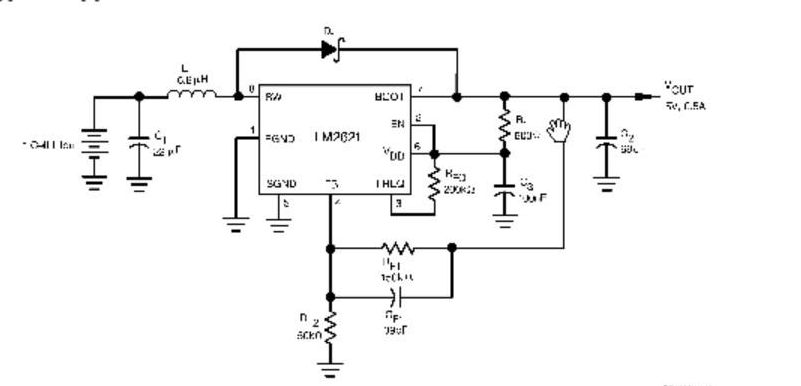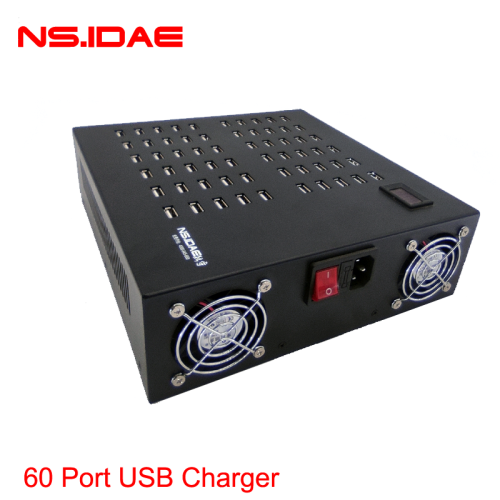LDO is Low Dropout Regulator, meaning low dropout linear regulator, which is relative to traditional linear regulators. Traditional linear voltage regulators, such as 78xx series chips, require the input voltage to be 2v ~ 3V higher than the output voltage, otherwise they will not work properly. But in some cases, such conditions are obviously too harsh, such as 5v to 3.3v, the pressure difference between the input and output is only 1.7v, which obviously does not meet the conditions. In view of this situation, only the LDO type power conversion chip is available.
LDO is a linear regulator. Linear regulators use transistors or FETs operating in their linear region to subtract the excess voltage from the applied input voltage to produce a regulated output voltage. The so-called drop voltage refers to the minimum value of the difference between the input voltage and the output voltage required by the regulator to maintain the output voltage within 100mV above and below its rated value. Positive output voltage LDO (Low Dropout) regulators usually use power transistors (also known as pass devices) as PNPs. This type of transistor allows saturation, so the regulator can have a very low voltage drop, usually around 200mV; compared to conventional linear regulators using NPN compound power transistors, the voltage drop is around 2V. The negative output LDO uses NPN as its transfer device, and its operating mode is similar to the positive output LDO PNP device. Newer developments use CMOS power transistors, which can provide the lowest voltage drop. With CMOS, the only voltage drop across the regulator is caused by the ON resistance of the load current of the power supply. If the load is small, the voltage drop generated in this way is only a few tens of millivolts.

DCDC means direct current (to) direct current (conversion of different DC power values), as long as it meets this definition, it can be called a DCDC converter, including LDO. But the general argument is that the DC-to-DC device is called DCDC.
LDO means low voltage drop. This is explained by the following: low cost (LDO) linear regulators have low cost, low noise, and low quiescent current. These are its outstanding advantages. It requires few external components and usually only requires one or two bypass capacitors. The new LDO linear regulator can achieve the following indicators: output noise 30μV, PSRR 60dB, quiescent current 6μA, voltage drop is only 100mV. The main reason why the performance of the LDO linear regulator can reach this level is that the adjustment tube is a P-channel MOSFET, and the ordinary linear regulator uses a PNP transistor. The P-channel MOSFET is voltage driven and does not require current, so the current consumed by the device itself is greatly reduced; on the other hand, in the circuit using PNP transistors, in order to prevent the PNP transistor from entering a saturated state and reduce the output capacity, input and output The voltage drop between the two should not be too low; the voltage drop on the P-channel MOSFET is roughly equal to the product of the output current and the on-resistance. Because the on-resistance of the MOSFET is very small, the voltage drop across it is very low.
If the input voltage is very close to the output voltage, it is best to use an LDO regulator, which can achieve a very high efficiency. Therefore, LDO regulators are mostly used in applications that convert lithium-ion battery voltages to 3V output voltages. Although 10% of the battery's energy is not used in the end, the LDO regulator can still ensure that the battery has a longer working time and lower noise. If the input voltage and output voltage are not very close, it is necessary to consider switching DCDC. It should be understood from the above principle that the input current of the LDO is basically equal to the output current. The upper energy is too large and the efficiency is not high.
DC-DC converters include boost, buck, boost / buck, and inverter circuits. The advantages of DC-DC converters are high efficiency, high current output and low quiescent current. With the increase in integration, many new DC-DC converters require only a few external inductors and filter capacitors. However, the output ripple and switching noise of this type of power controller are relatively large, and the cost is relatively high.
In recent years, with the development of semiconductor technology, the cost of surface-mounted inductors, capacitors, and highly integrated power control chips has been continuously reduced, and the volume is getting smaller and smaller. Because there is a MOSFET with a small on-resistance that can output a large amount of power, no external high-power FET is required. For example, for an input voltage of 3V, using the NFET on the chip can get an output of 5V / 2A. Secondly, for small and medium power applications, small packages with low cost can be used. In addition, if the switching frequency is increased to 1MHz, the cost can be reduced, and smaller inductors and capacitors can be used. Some new devices also add many new functions, such as soft start, current limit, PFM or PWM mode selection.
In general, DCDC must be selected for boost, and DCDC or LDO should be selected for buck. Cost, efficiency, noise and performance should be compared.
This 60 -port USB charger is charged at the fastest speed to as many as 60 devices. The table charger has 60 ports. The maximum output of a single USB port is 2.4A, and the output power is as high as 300W. Super intelligence: Each port can charging a current of up to 2.4A, and adaptive smart chip detector can provide the best charging current for connected devices. Multiple protection: The USB charger has rush protection, over -current and overvoltage protection functions, which can safely protect your smart devices. Suitable for multiple devices: charging stations are compatible with 99 % of smart devices, such as iPad iPhone, tablet, Bluetooth headset, fan, DVS, for PSP. It is suitable for various occasions, such as hotels, school dormitories, gym and other places.

60 Port Usb Charger,60 Port Portable Hub,60 Port Usb Smart Charger,High Power Mobile Phone Charger
shenzhen ns-idae technology co.,ltd , https://www.szbestchargers.com